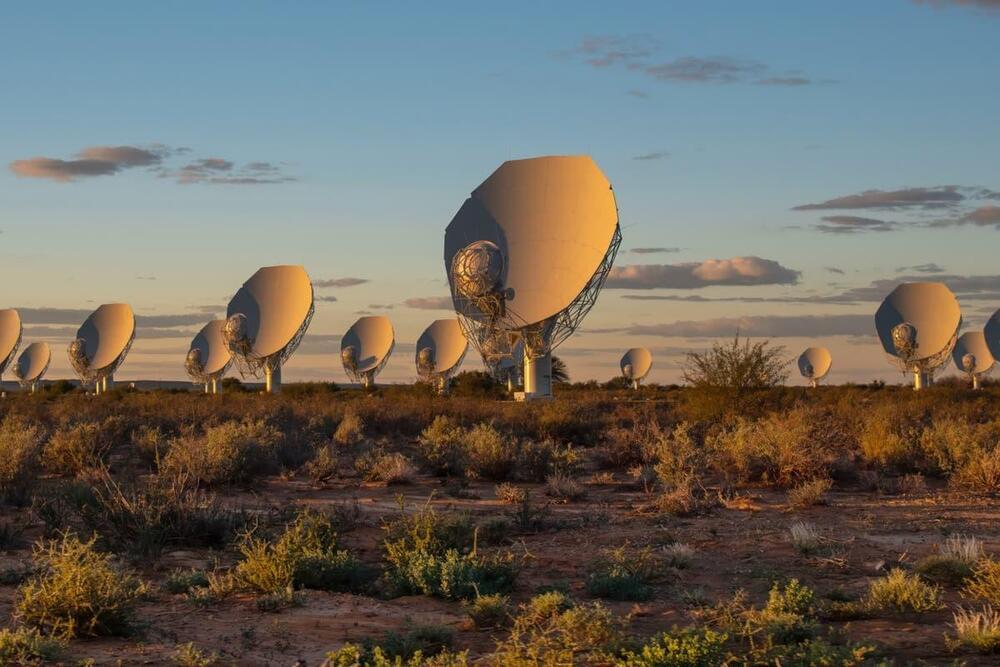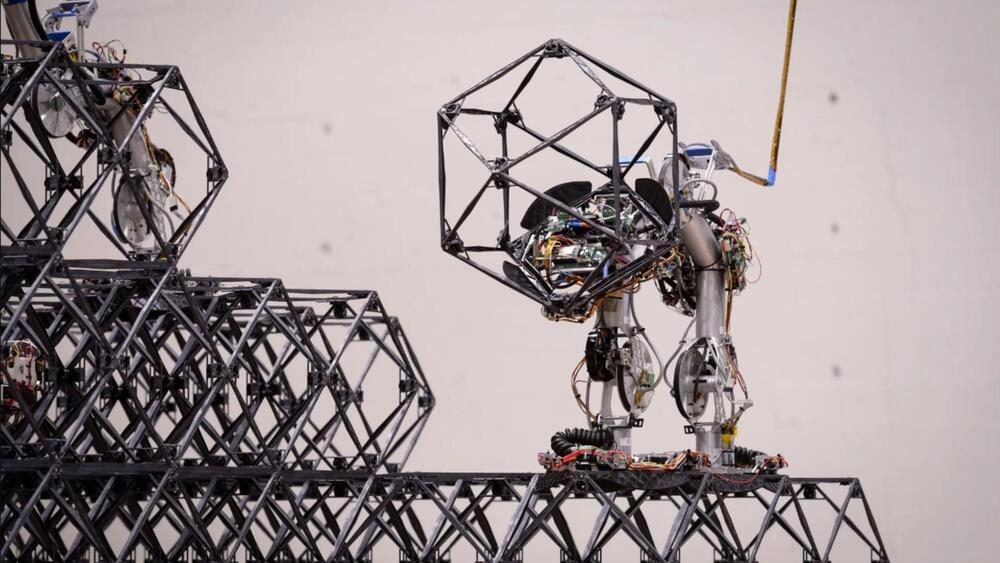The young sun may have captured several Mars-or Mercury-size exoplanets that now orbit in the outer reaches of the solar system, but identifying them will be extremely challenging.







New observations at the DIII-D National Fusion Facility offer vital insights into energetic ions in fusion plasmas, key for fusion power development and space plasma understanding, with implications for satellite technology.
In a burning plasma, maintaining confinement of fusion-produced energetic ions is essential to producing energy. These fusion plasmas host a wide array of electromagnetic waves that can push energetic ions out of the plasma. This reduces the heating of the plasma from fusion reaction products and ends the burning plasma state.
Recent measurements at the DIII-D National Fusion Facility provide the first direct observations of energetic ions moving through space and energy in a tokamak. Researchers combined these measurements with advanced computer models of electromagnetic waves and how they interact with energetic ions. The results provide an improved understanding of the interplay between plasma waves and energetic ions in fusion plasmas.

NASA’s Starling mission will test new technologies for autonomous swarm navigation on four CubeSats in low-Earth orbit. Credit: Blue Canyon Technologies/NASA
NASA ’s Starling mission successfully tested autonomous navigation in space using “star tracker” sensors, paving the way for more accurate orbital predictions in the StarFOX experiment.
NASA’s Starling mission accomplished a significant objective for the StarFOX (Starling Formation-Flying Optical Experiment) experiment, a test of autonomous navigation, co-location, and situational awareness in space.

When large stars or celestial bodies explode near Earth, their debris can reach our solar system. Evidence of these cosmic events is found on Earth and the Moon, detectable through accelerator mass spectrometry (AMS). An overview of this exciting research was recently published in the scientific journal Annual Review of Nuclear and Particle Science by Prof. Anton Wallner of the Helmholtz-Zentrum Dresden-Rossendorf (HZDR), who soon plans to decisively advance this promising branch of research with the new, ultrasensitive AMS facility “HAMSTER.”
In their paper, HZDR physicist Anton Wallner and colleague Prof. Brian D. Fields from the University of Illinois in Urbana, USA, provide an overview of near-Earth cosmic explosions with a particular focus on events that occurred three and, respectively, seven million years ago.
“Fortunately, these events were still far enough away, so they probably did not significantly impact the Earth’s climate or have major effects on the biosphere. However, things get really uncomfortable when cosmic explosions occur at a distance of 30 light-years or less,” Wallner explains. Converted into the astrophysical unit parsec, this corresponds to less than eight to ten parsecs.
If we embrace the idea that consciousness is the fundamental fabric of the universe, our exploration of technology, particularly in the realms of artificial intelligence and virtual realities, takes on new significance.
The concept of teleological evolution, driven by a purpose or end goal, posits that the universe is not just a random assembly of matter and energy, but rather a carefully orchestrated symphony of consciousness.
